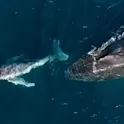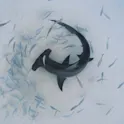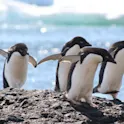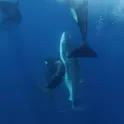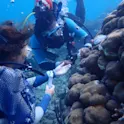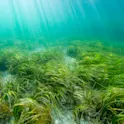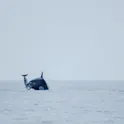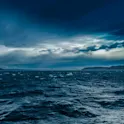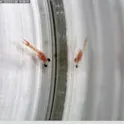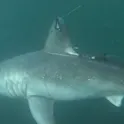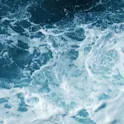
Featured news
04 Jun 2025
From whale sharks to a sustainable ocean economy: Here are five Frontiers articles you won’t want to miss on World Ocean Day
June 8 marks World Ocean Day and people from all corners of the planet come together to protect and restore our blue planet. To celebrate, we’re highlighting five recently published Frontiers articles on the ocean and the fantastic animals that live there.
